Blog
Posts in category: clickhouse
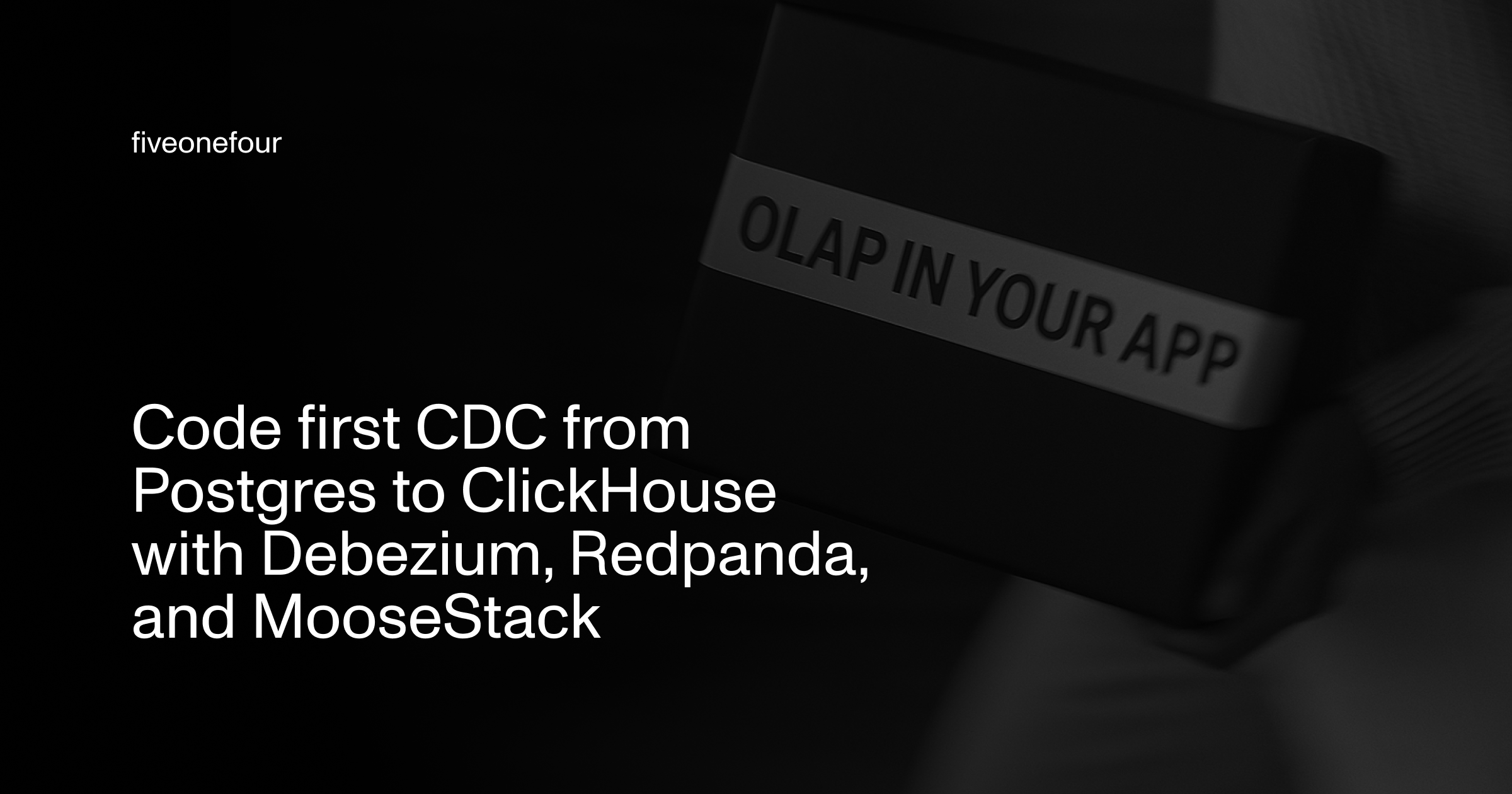
OLAP, OLTP, ClickHouse, Redpanda
Code first CDC from Postgres to ClickHouse with Debezium, Redpanda, and MooseStack
Learn how to keep OLTP fast while streaming changes to ClickHouse for lightning-quick analytics. This code-first guide uses Debezium, Redpanda, and MooseStack to model CDC, transforms, and OLAP tables you can spin up locally in seconds.
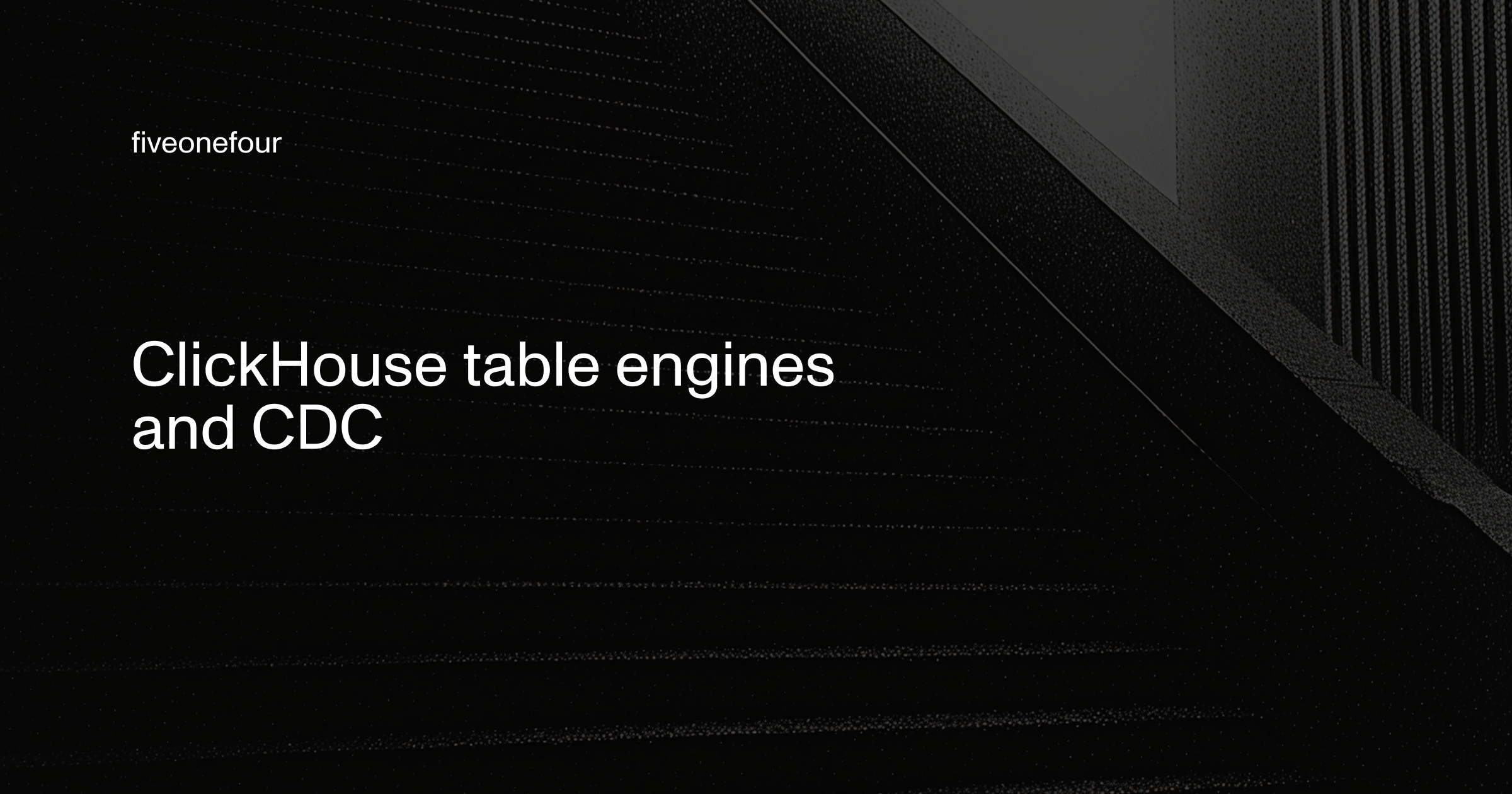
OLAP, ClickHouse
ClickHouse table engines and CDC
OLAP databases don’t update — they merge. When streaming CDC data into ClickHouse, every change is an insert. The table engine you choose defines how those inserts turn into a correct, queryable view of your data.
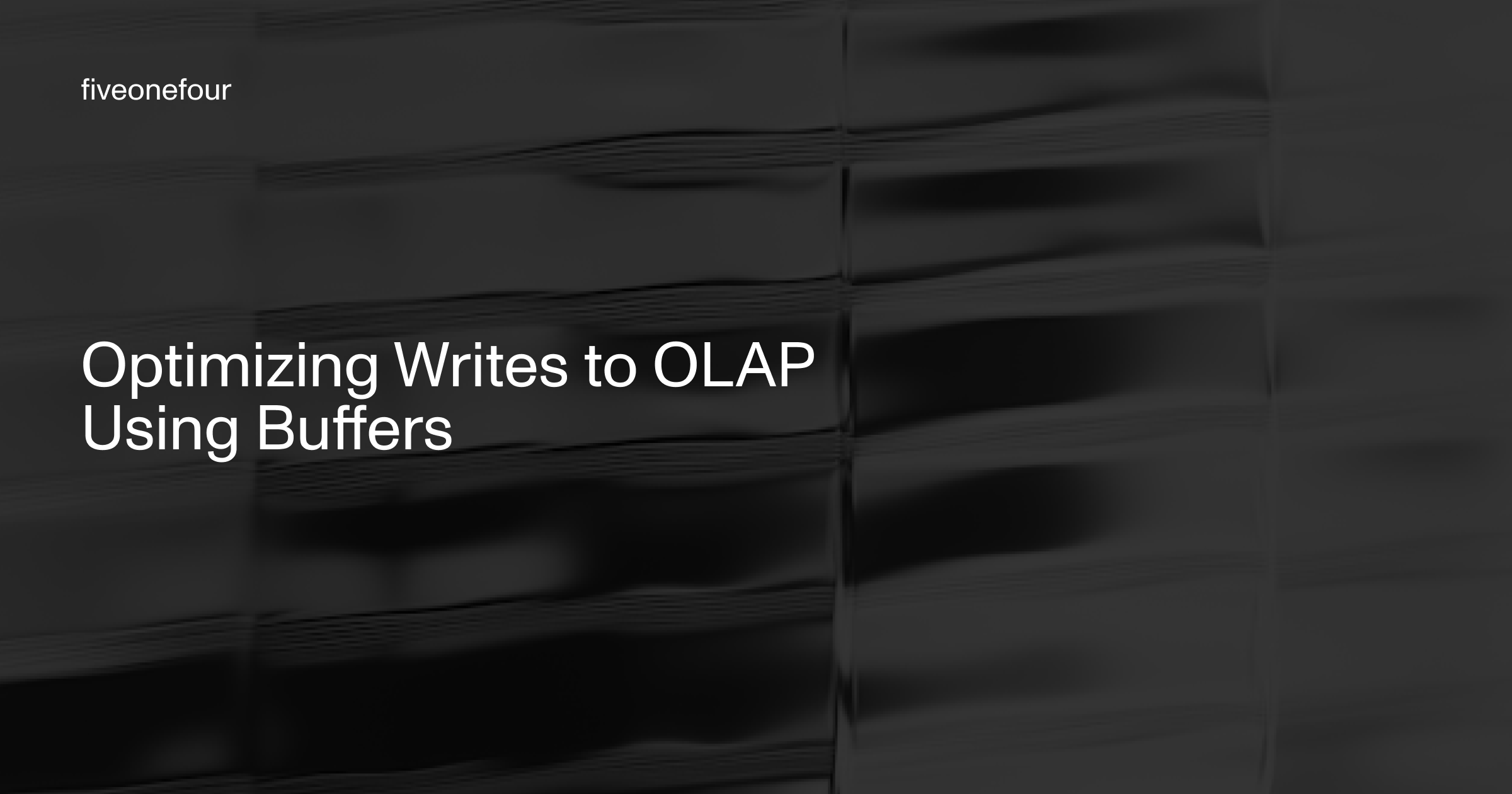
OLAP, ClickHouse, Product
Optimizing writes to OLAP using buffers
Learn how insert patterns differ between OLTP and OLAP databases — and how ClickHouse and MooseStack can help you optimize for each. From batching strategies to streaming buffers, discover practical heuristics to balance performance, freshness, and resilience.
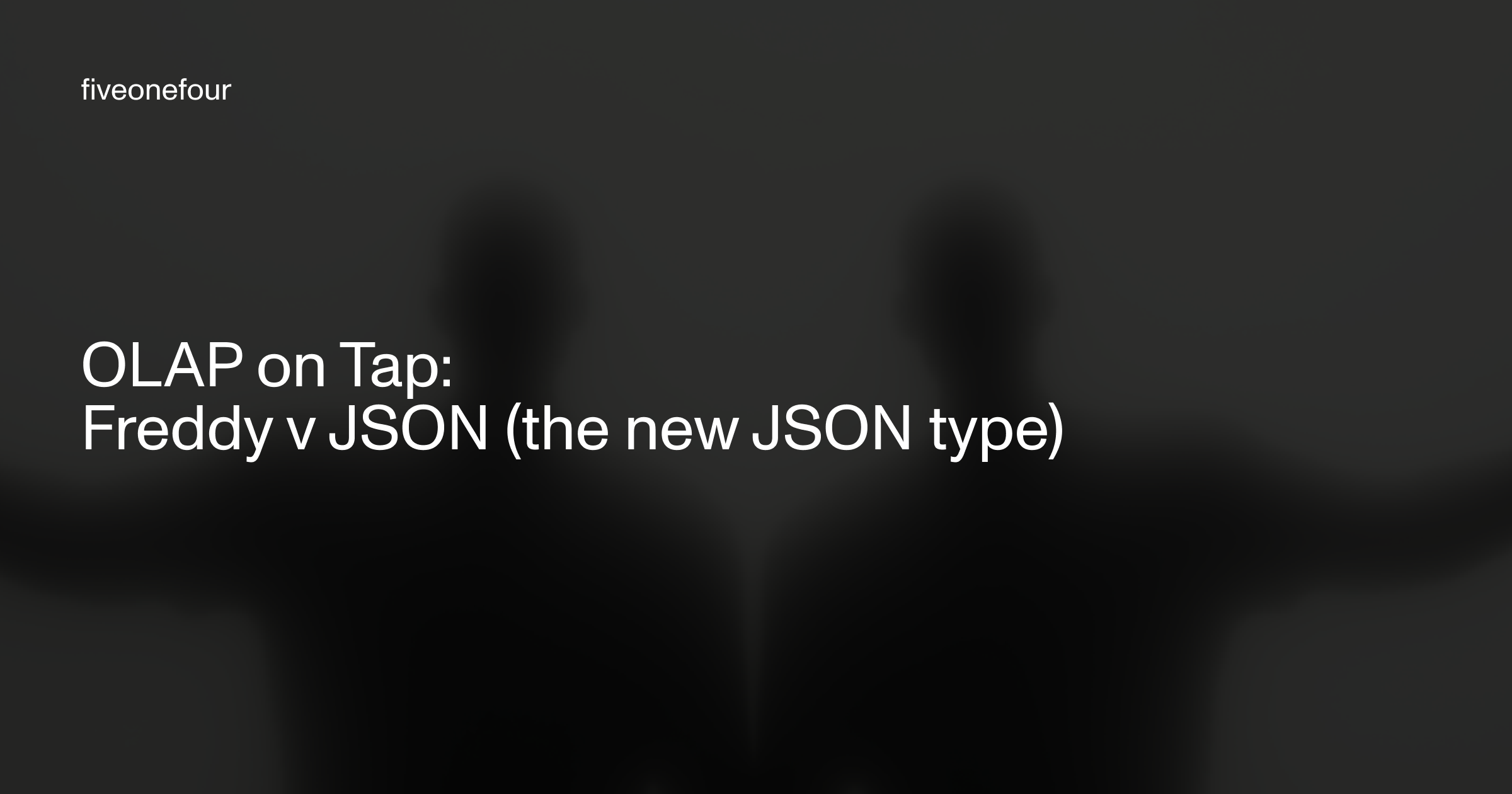
OLAP, ClickHouse
OLAP on Tap: Freddy v JSON (the new JSON type)
ClickHouse’s new JSON column type bridges the gap between flexibility and OLAP efficiency. This post explores how explicit and implicit subcolumns let you query nested data without sacrificing performance — and why understanding how ClickHouse handles NULLs is key to modeling real-world JSON.
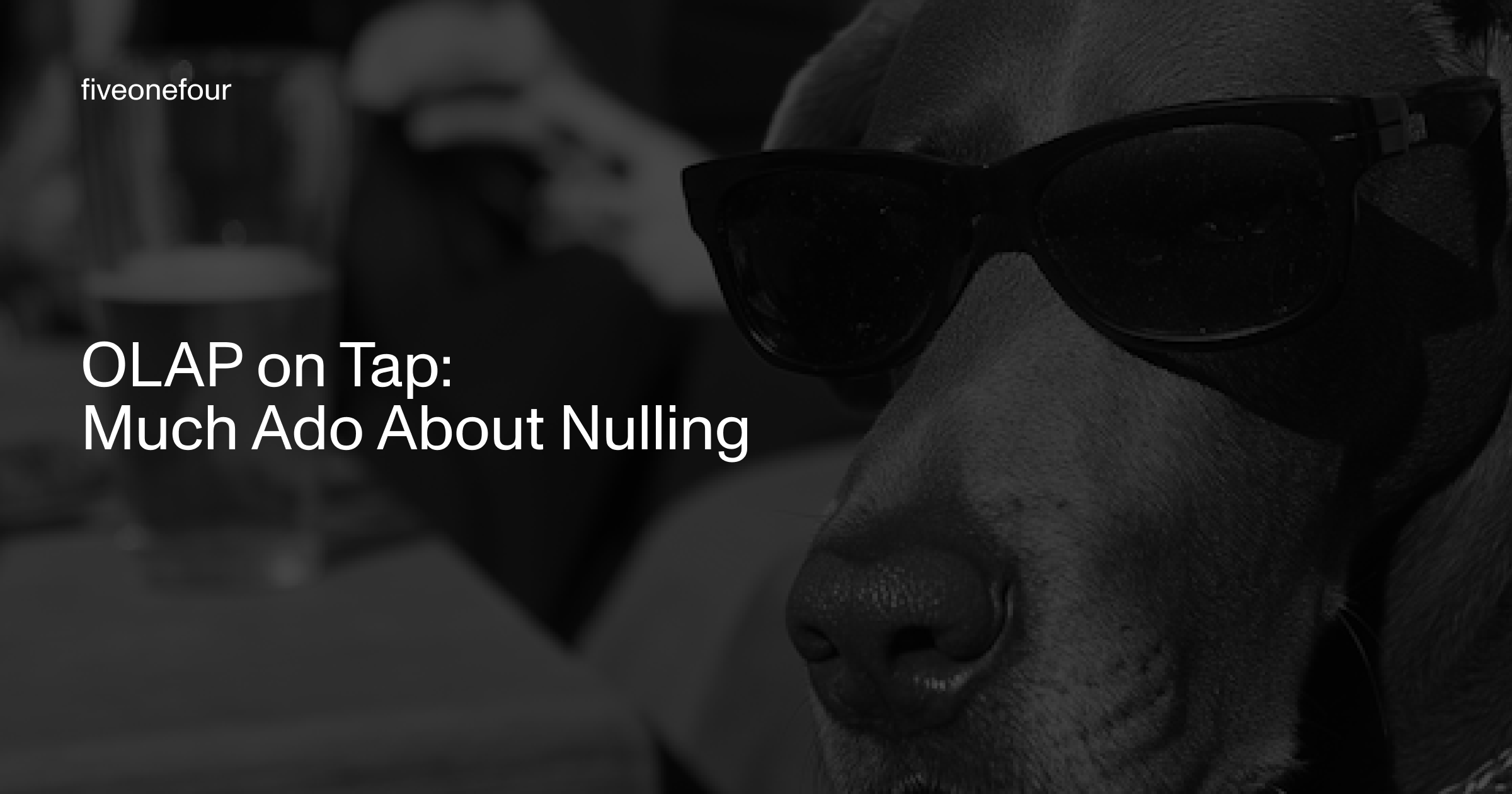
OLAP, ClickHouse
OLAP on Tap: Much Ado About Nulling
When working with OLTP databases, NULL values are a flexible way to represent unknown data. But in the world of OLAP — where performance depends on columnar efficiency and compression — NULL can become an expensive mistake. In this post, we unpack why NULLs slow down analytical workloads, how ClickHouse handles them internally, and what patterns (like sensible defaults or sentinel values) you can use instead.
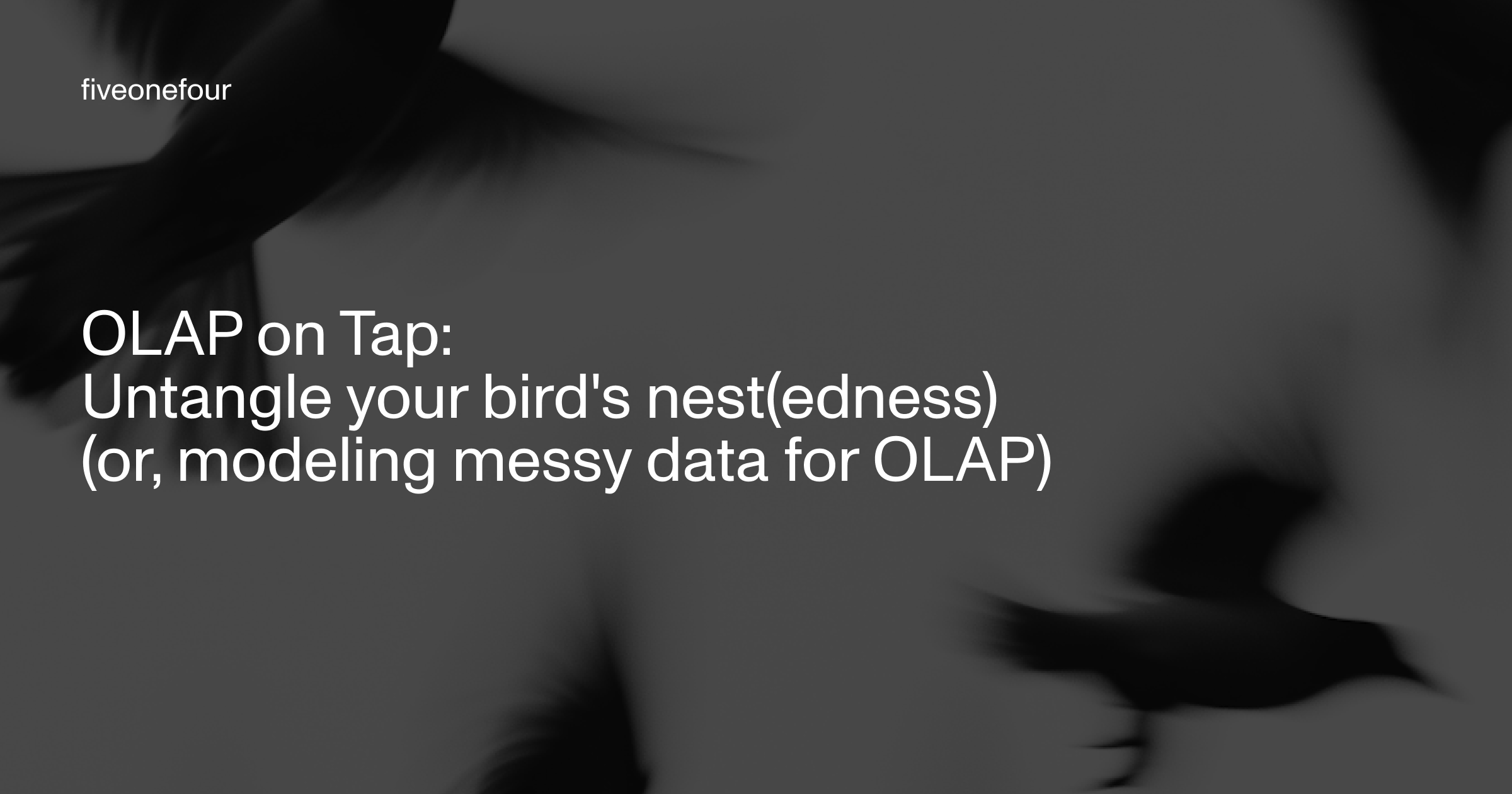
OLAP, ClickHouse
OLAP On Tap: Untangle your bird's nest(edness) (or, modeling messy data for OLAP)
Nested and irregular data structures are powerful for ingestion—but brutal for analytics. This article explores why JSON-heavy and shape-shifting data patterns complicate OLAP performance, and how to tame them with schema-on-write strategies, materialized views, and ClickHouse tricks. Whether you’re modeling logs, telemetry, or e-commerce data, you’ll learn how to keep the elegance of nested data without losing analytical speed.
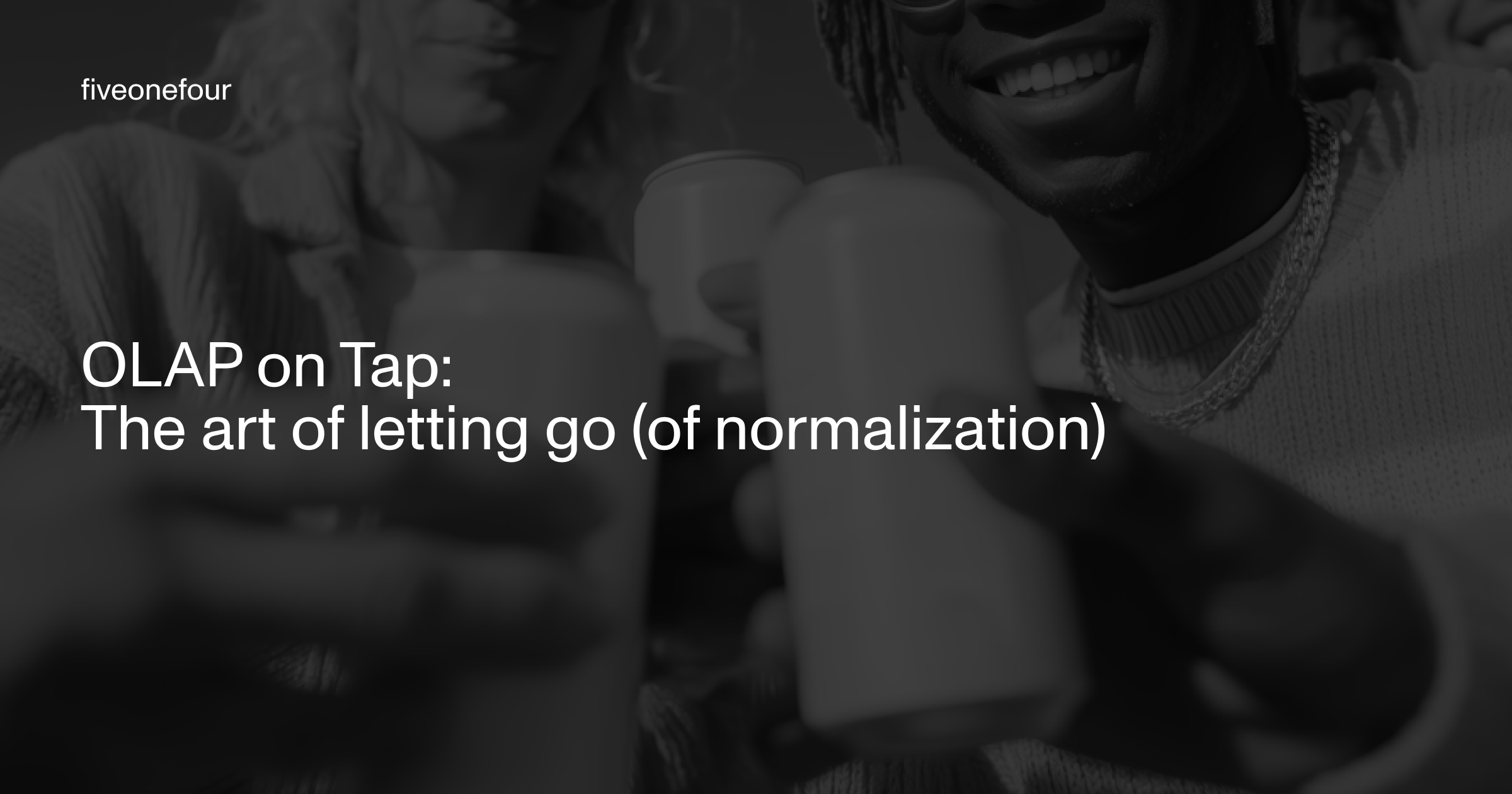
OLAP, ClickHouse
OLAP on Tap: The Art of Letting Go (of Normalization)
This article explains how OLAP databases like ClickHouse and DuckDB differ fundamentally from OLTP systems in their design and purpose. It dives into how columnar storage and analytical workloads reshape schema design, comparing traditional star schemas with modern wide, denormalized tables. You’ll learn why storage duplication is no longer the enemy, why joins slow down analytics, and how schema design in OLAP effectively is the query plan.
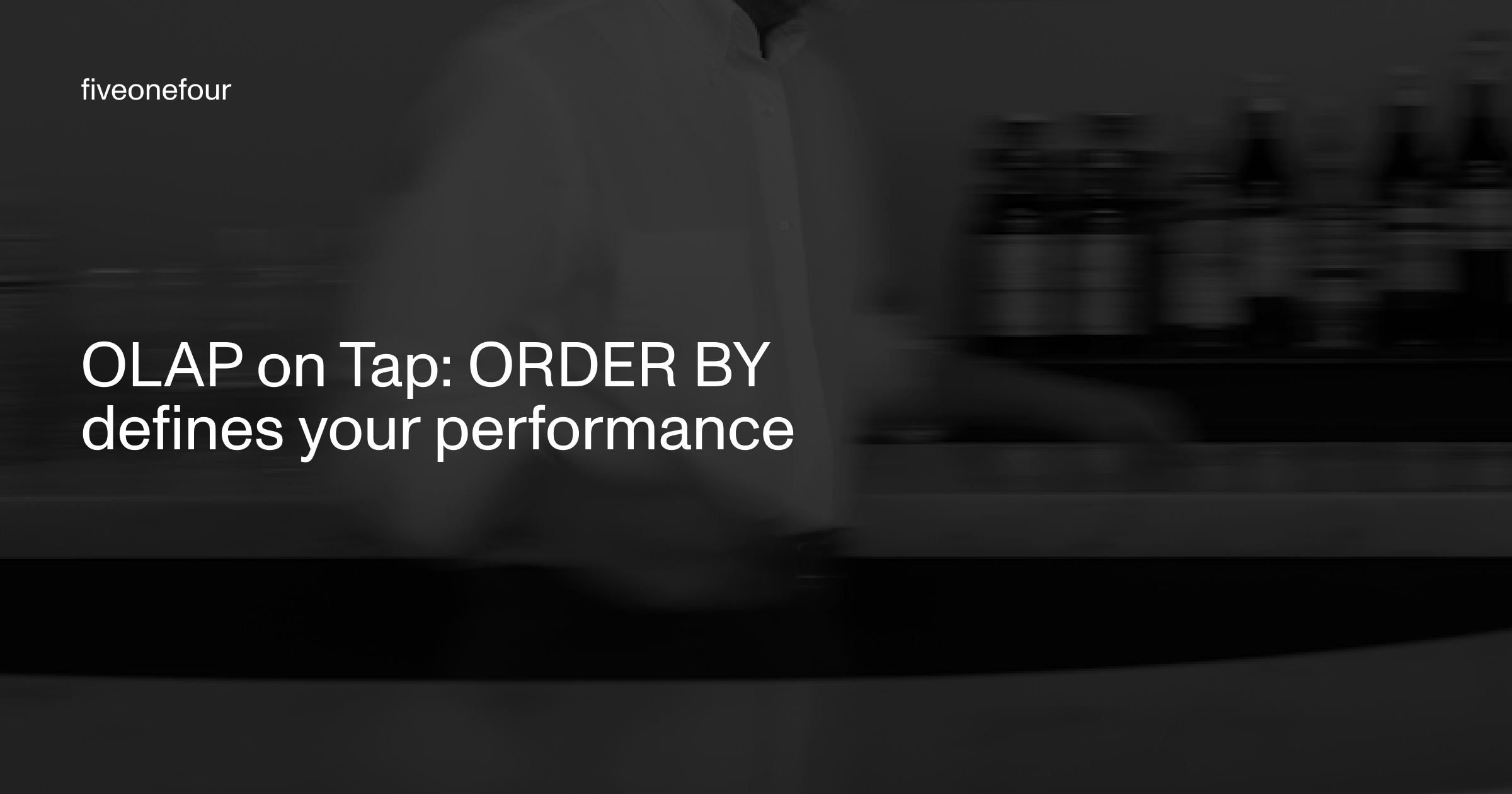
OLAP, ClickHouse
OLAP on Tap: ORDER BY defines your performance
This post explores why ORDER BY is a critical performance factor in OLAP databases like ClickHouse. Using clear analogies (like grocery store layouts vs. maps) and real-world benchmarks (aircraft telemetry data from ADSB.LOL), it shows how ORDER BY improves efficiency compared to OLTP indices. You’ll also learn practical heuristics for choosing the right fields — from low-cardinality booleans to time-based clustering — and how they impact ingestion, compression, and query speed.
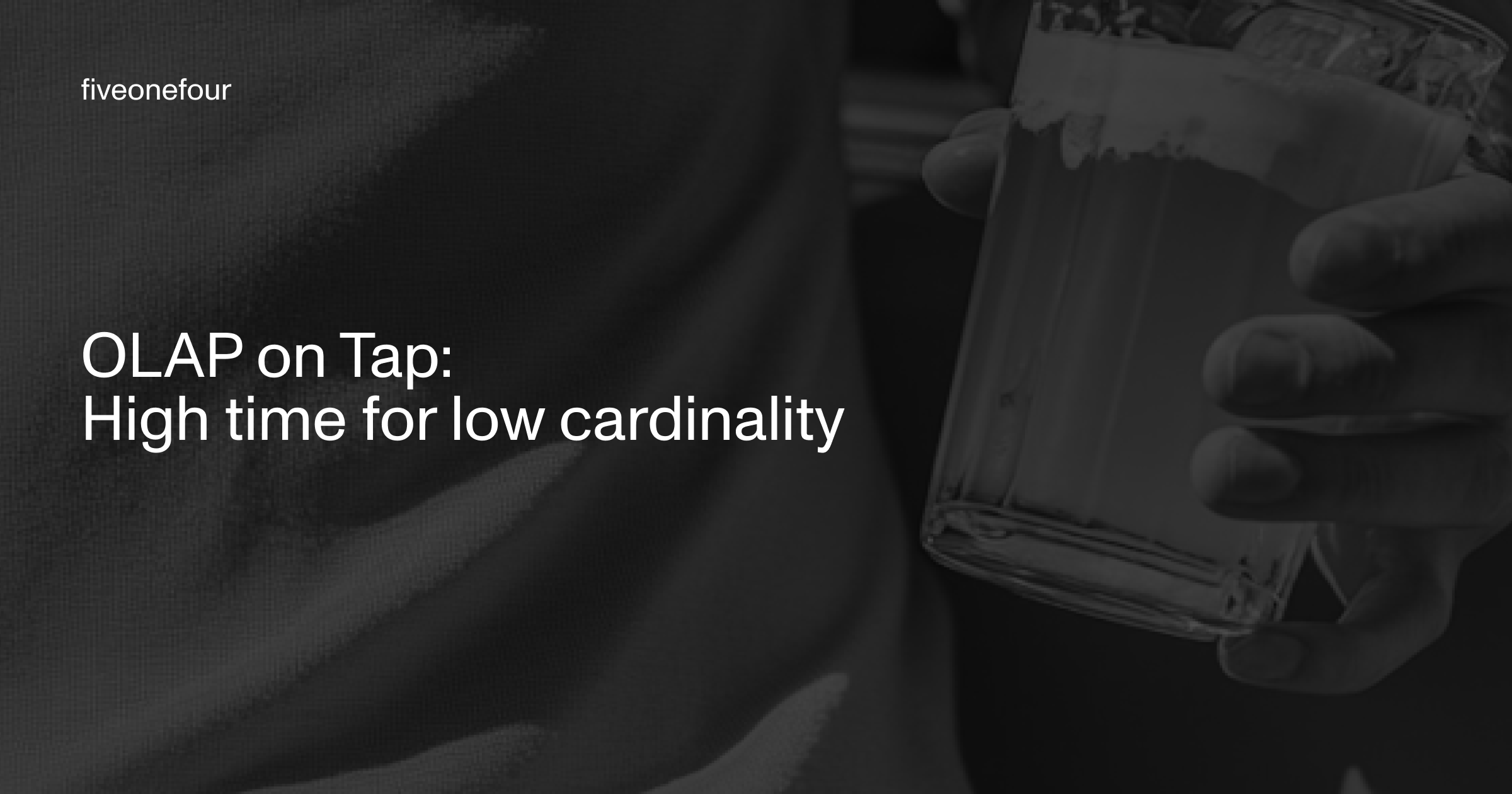
OLAP, ClickHouse
OLAP on Tap: High time for low cardinality
Cardinality plays a critical role in OLAP database performance, especially when balancing compression, encoding, and query efficiency. This guide breaks down cardinality types with practical examples, including LowCardinality wrappers, enums, and heuristics for choosing the right column types. Perfect for engineers optimizing high-volume analytics workloads.
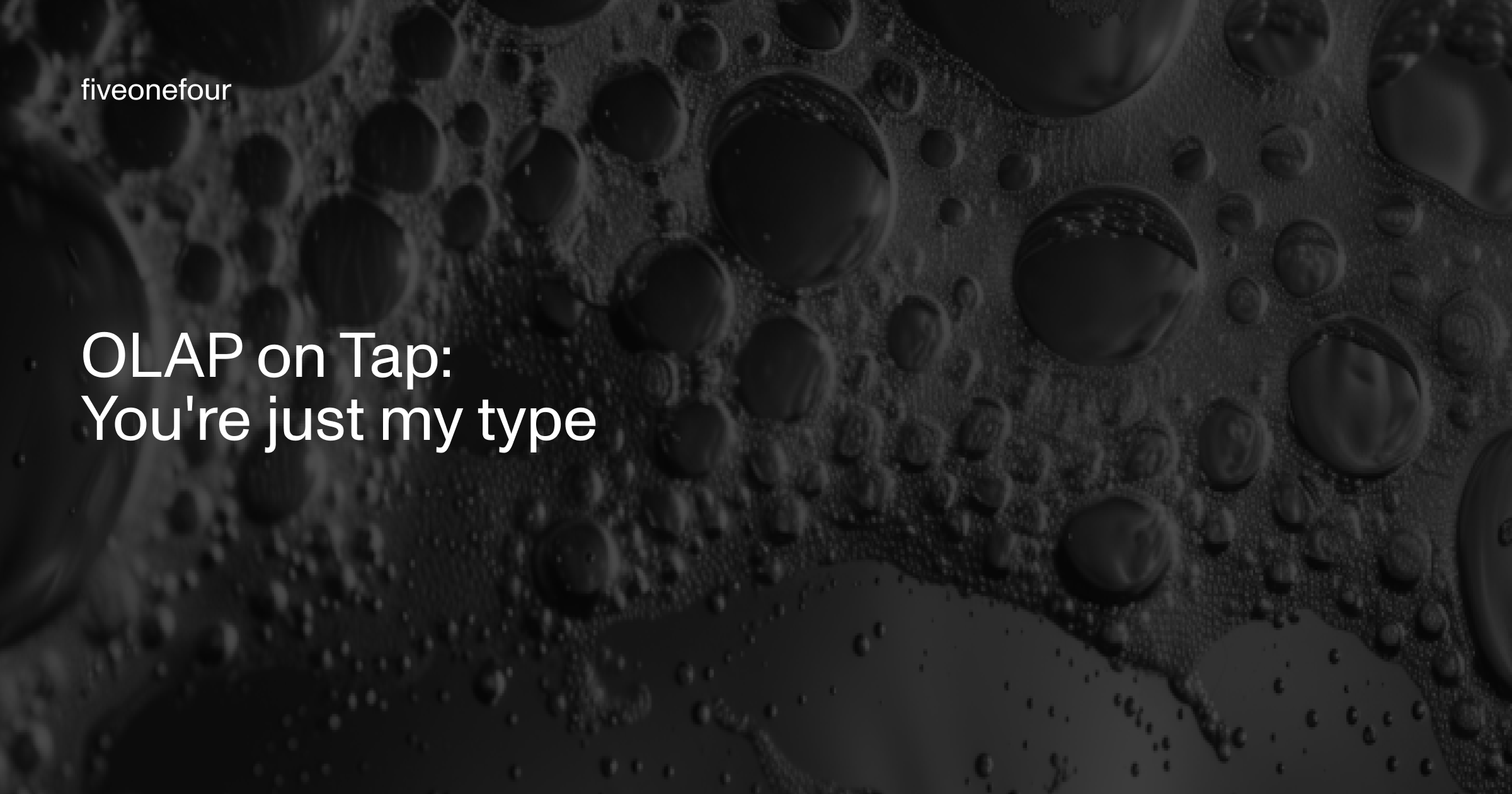
ClickHouse, OLAP
OLAP on Tap: You're just my type
The article talks about why typing matters in OLAP systems like ClickHouse, covering efficient type choices, when to use LowCardinality, and the tradeoffs of strict schema design, with a guide for AI copilots and links to best practices.
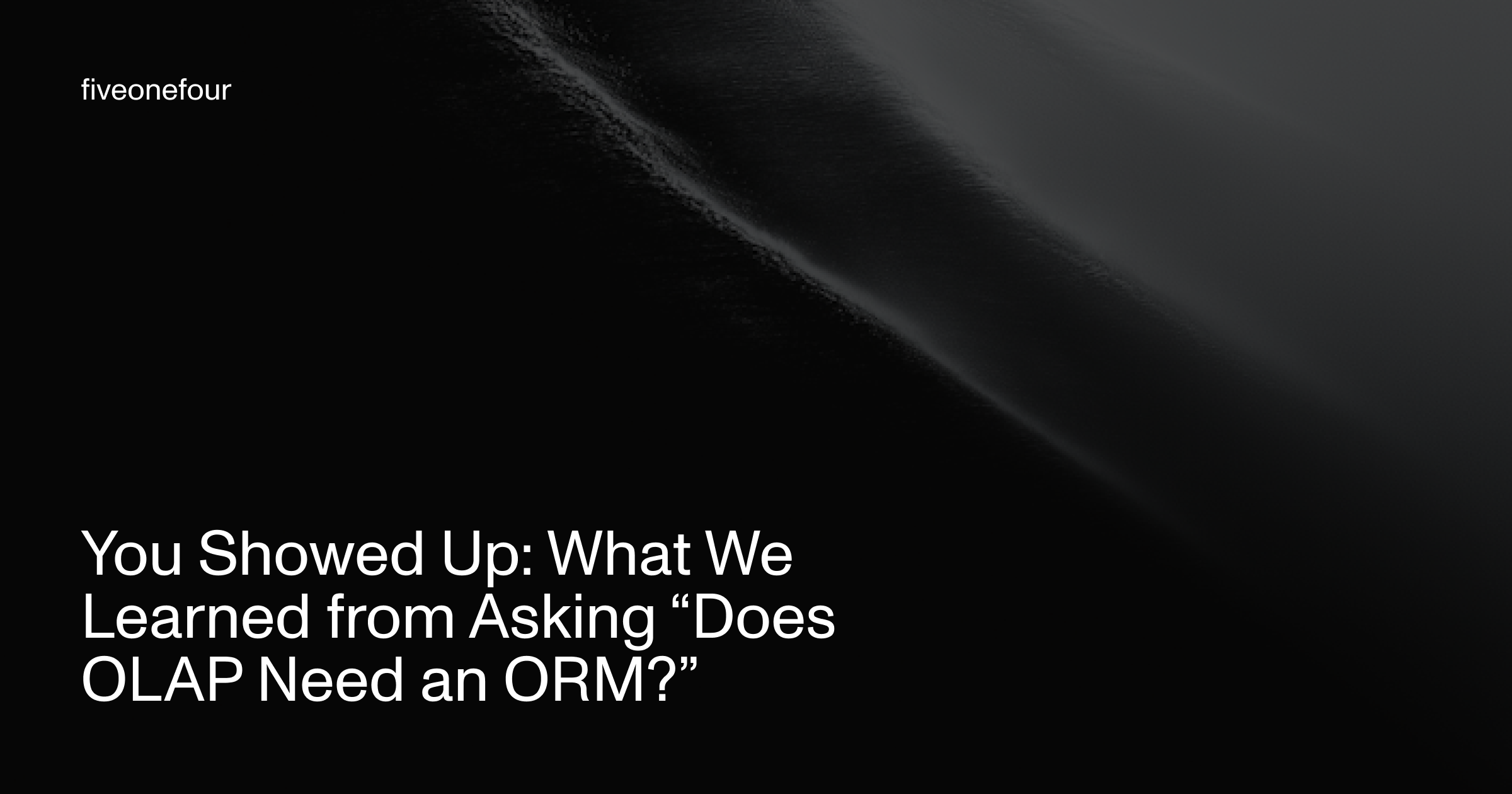
ClickHouse, Product, Educational, Community
You Showed Up: What We Learned from Asking “Does OLAP Need an ORM?”
We asked the community if OLAP needs ORM-like DX. The consensus: keep SQL first-class, add type-safety and contracts, and build toward a semantic layer. Here are the sharpest arguments—and what we’re building next.
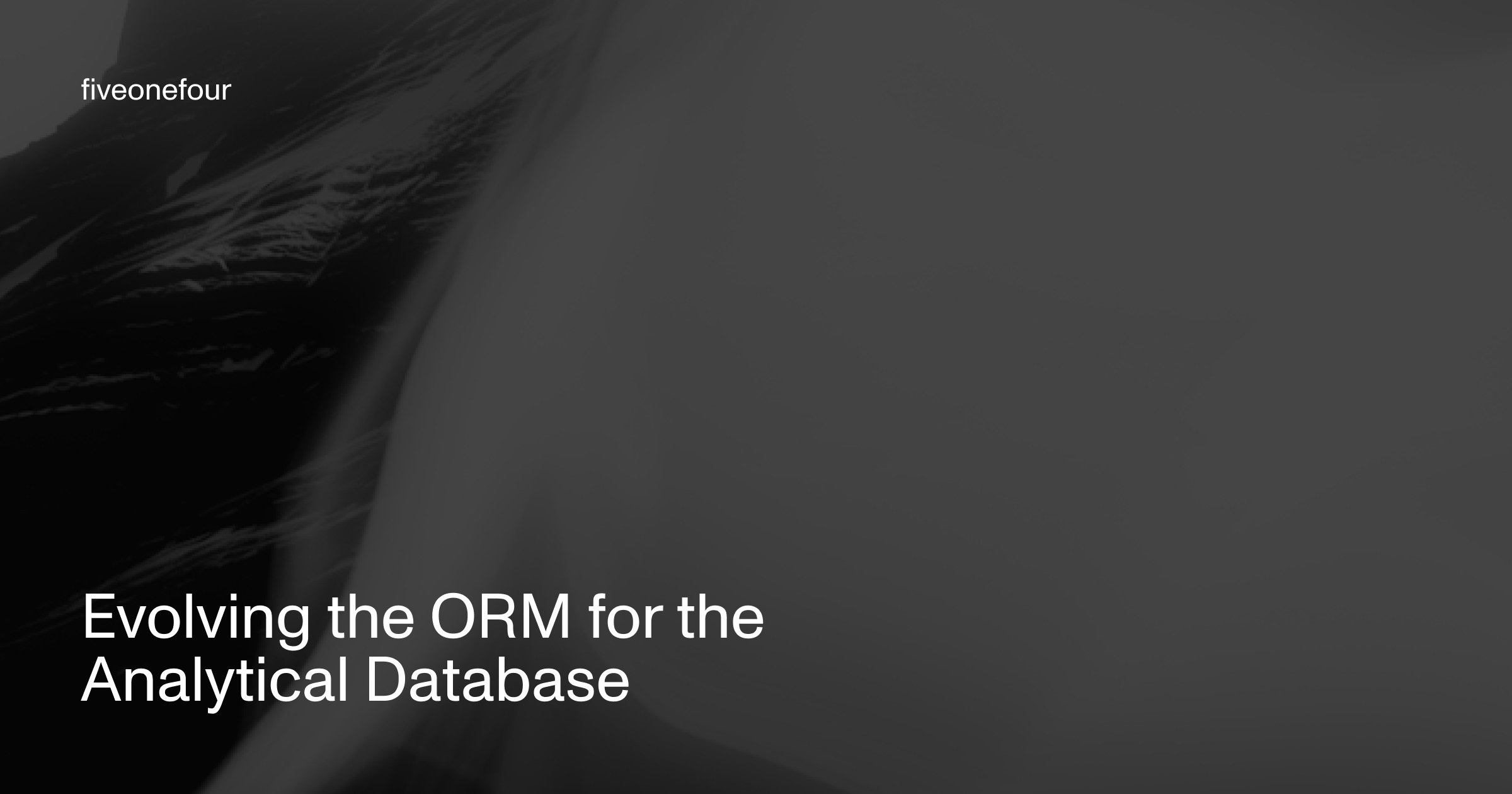
ClickHouse, Data Architecture, Developer tools
Evolving the ORM for the Analytical Database
Traditional ORMs break when applied to OLAP databases. We worked with ClickHouse to explore why columnar stores require a new, OLAP-native approach to developer abstractions
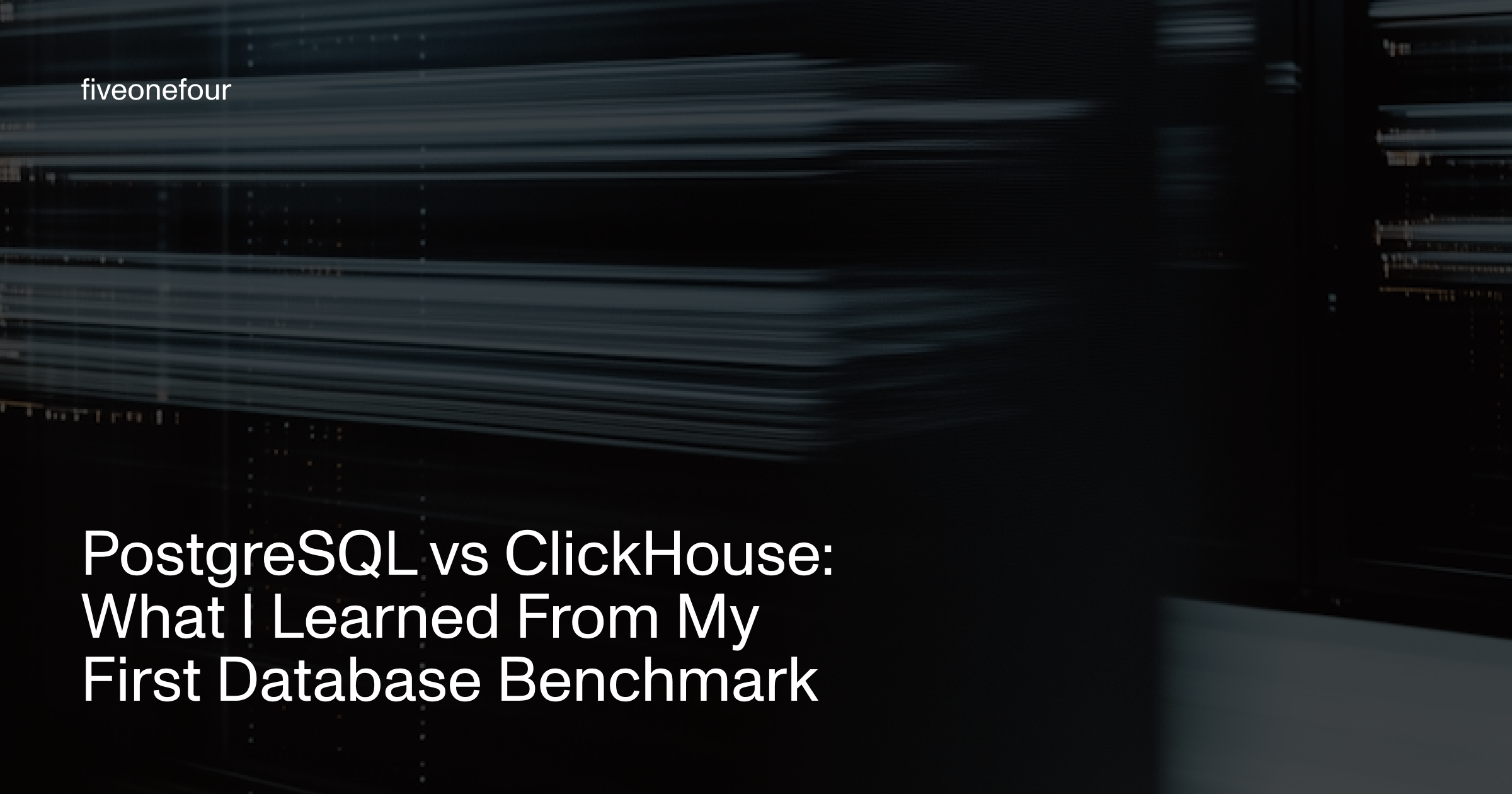
ClickHouse, Educational
PostgreSQL vs ClickHouse: What I Learned From My First Database Benchmark
Joj benchmarked PostgreSQL vs ClickHouse on 10M rows to see how an AI agent might explore data. The test revealed when ClickHouse pulls ahead, how one schema change delivered a 50× speedup, and why LLMs make these optimizations easier than ever.
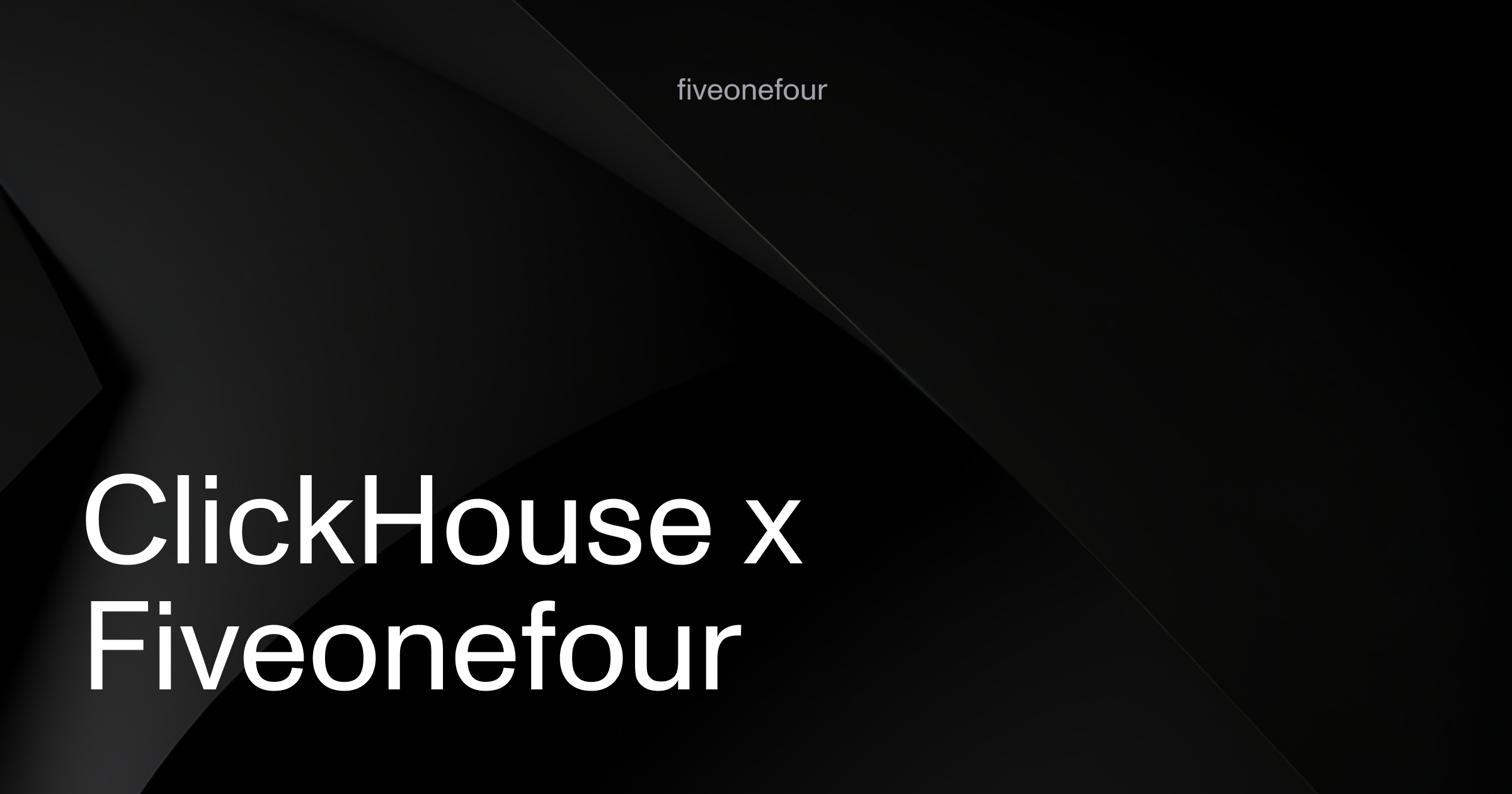
ClickHouse, Educational, AI
ClickHouse x Fiveonefour
ClickHouse is a blazingly fast open source analytical database. We love Clickhouse here at Fiveonefour, and we’re on a mission to make Clickhouse accessible to every developer. If you’re a developer building on ClickHouse, you’ve come to the right place ;) Read on to learn about Fiveonefour's dev tool stack to enable Clickhouse developers...